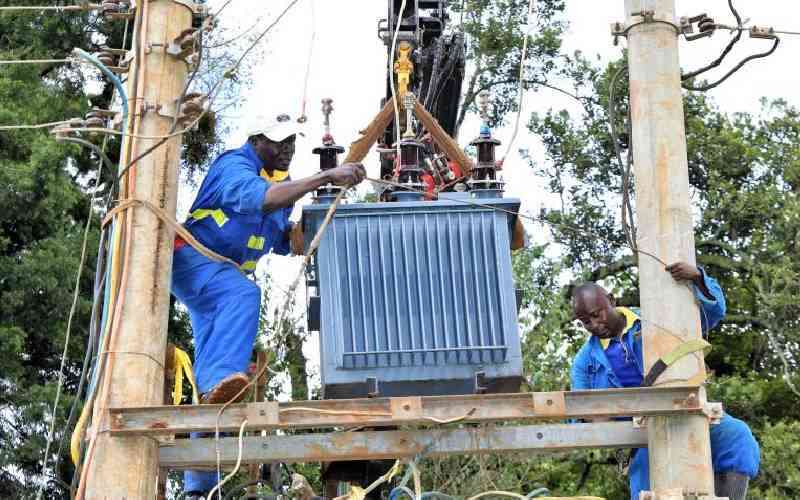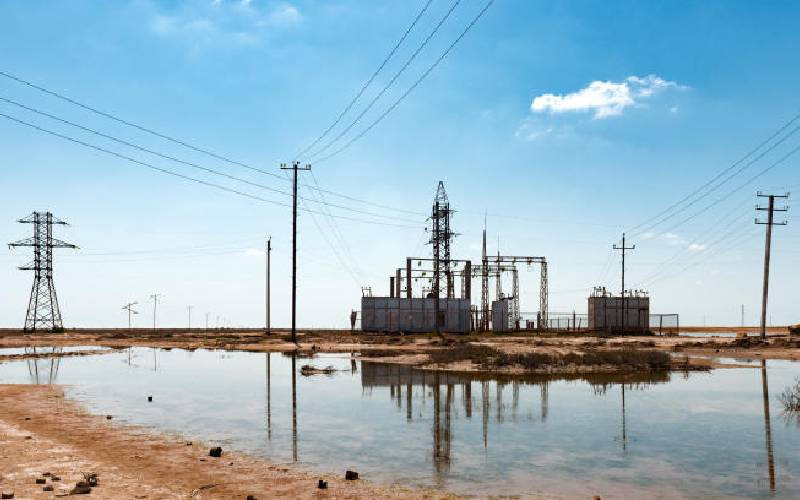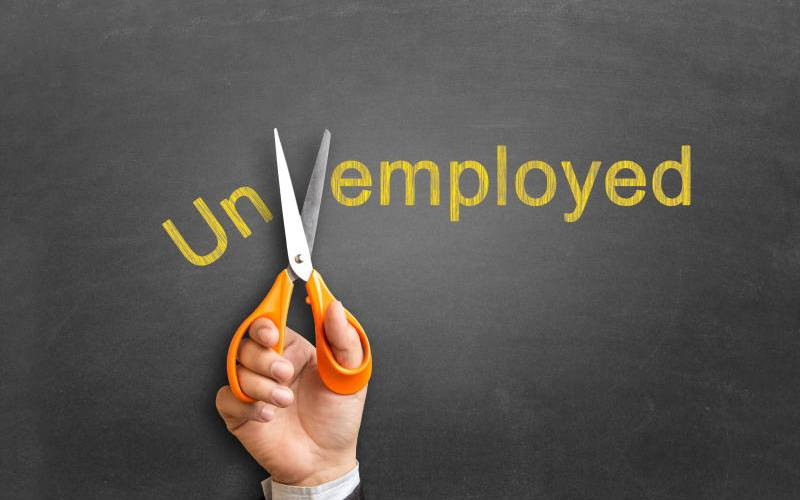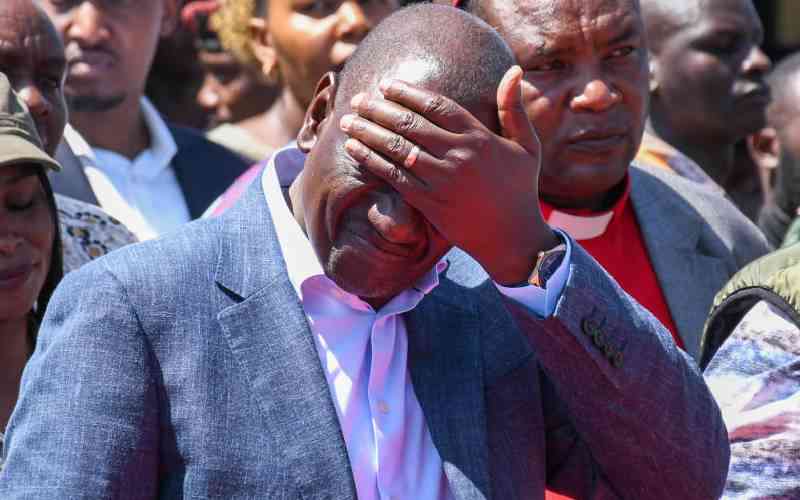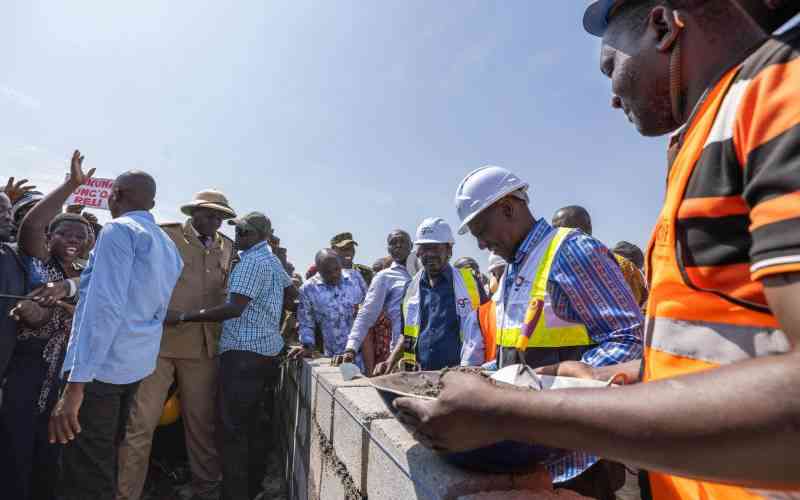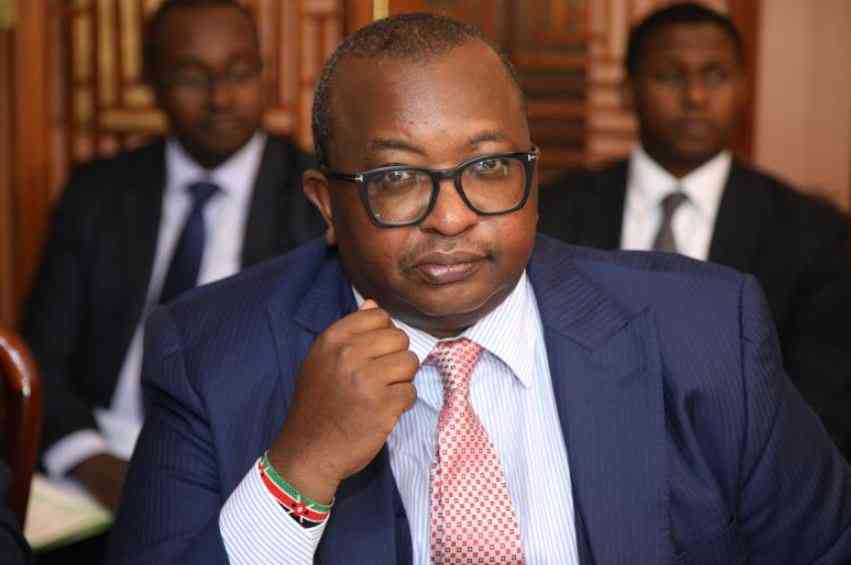×
The Standard e-Paper
Home To Bold Columnists
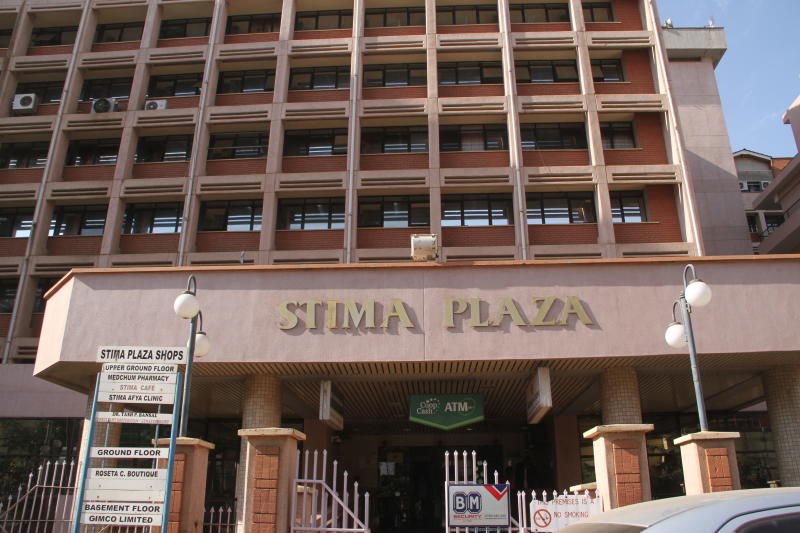
A view of Stima Plaza building on July 10, 2019, in Parklands, Nairobi.[Edward Kiplimo, Standard]
The government will soon give Kenya Power Sh7.5 billion to restructure the power purchase agreements it has with independent power producers, according to the International Monetary Fund (IMF).
